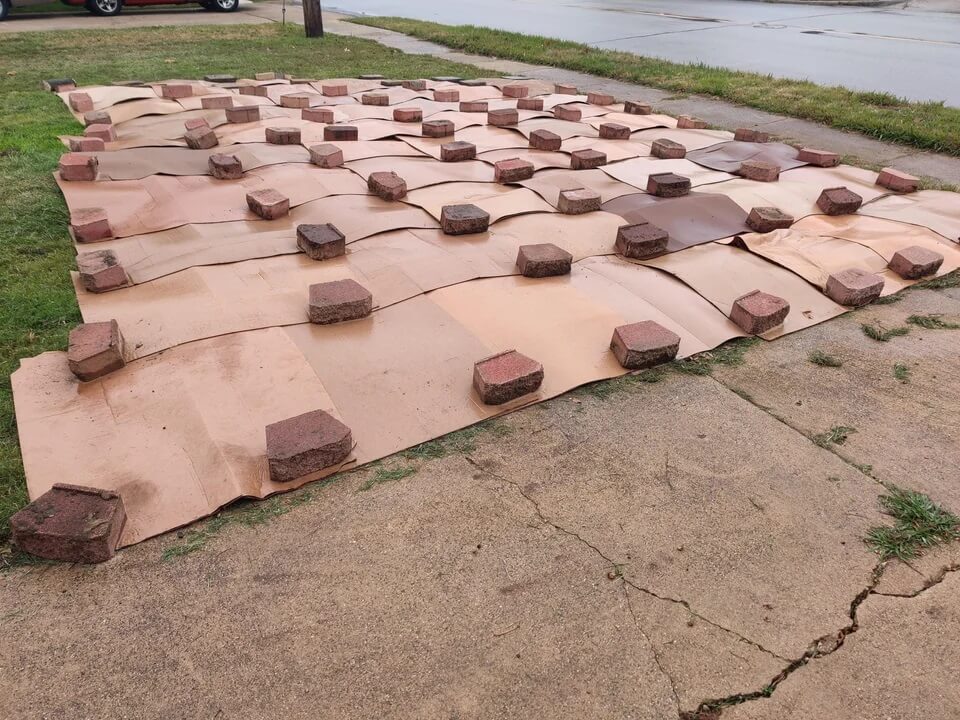For gardeners who want to cultivate a yard of native plants, the first step usually involves eliminating existing grass. And as one Redditor described, the process can be labor-intensive — especially going up against a certain grass type.


Using the PictureThis plant identification app, the user identified Bermuda grass in their lawn. "Bermuda is one of those plants that requires drastic measures to fully eradicate," someone commented.
"Fellow bermuda grass survivor here," another wrote. "[The amount of work involved depends] on how much bermuda there is, although any is too much."
The original poster had gone to the r/NativePlantGardening subreddit months prior, asking for advice on planting native ground cover. "I'm really intrigued by the posts I've seen that result in beautiful lawns [with] a bunch of different species," they wrote.
They're not alone in this sentiment, either; the movement toward rewilding yards is gaining in popularity. A non-grass yard offers multiple benefits for humans, animals, and the environment. Native plants require less water — and with no need to mow and no water bills, the cost of maintaining an established "wild yard" is virtually nonexistent. Rewilded yards also create a healthier environment for local pollinators, which in turn support food chains and entire ecosystems.
There are many ways to switch to a natural lawn, including wildflower gardens and irrigation-free xeriscaping, but this user opted for something called sheet mulching. This technique — nicknamed "lasagna gardening" — involves layering sheets of cardboard and mulch over existing grass in order to smother the grass and prepare the soil for new planting.
According to Fine Gardening, sheet mulching is like "mulch on steroids…it does all of the things that regular mulch does, but even more effectively." The cardboard and mulch gradually decompose and create healthy, nutrient-rich soil.
However, as desirable as the results may be, the process can be laborious. As the Redditor began their sheet mulching journey, commenters had plenty of practical advice and encouragement.
"I recommend more layers of cardboard and more overlap between the sheets. Just my experience — I had a bunch of grass growing straight through the cardboard until I started using more," one person commented.
The poster's latest update showed a solid layer of overlapping cardboard, ready for the mulch layer. A commenter had words of encouragement: "Depending on what you pick, you can have all sorts of planting flowering [just] a year or two in."
Join our free newsletter for easy tips to save more, waste less, and help yourself while helping the planet.









